Play is vital for a child’s learning and development. Whether a child is playing alone or with others, playtime fosters creative thinking, builds self-confidence, improves vocabulary, and leads to all-around happier children.
Having a designated playroom at home not only keeps play items stored away neatly, but also gives children at outlet in the home where they can relieve stress and improve their social skills.
It is important to keep screen time at a minimum in the playroom, and to offer valuable learn through play items. Here are some important aspects that playrooms should include in order to encourage a child’s learning.
IMAGINATION AREA
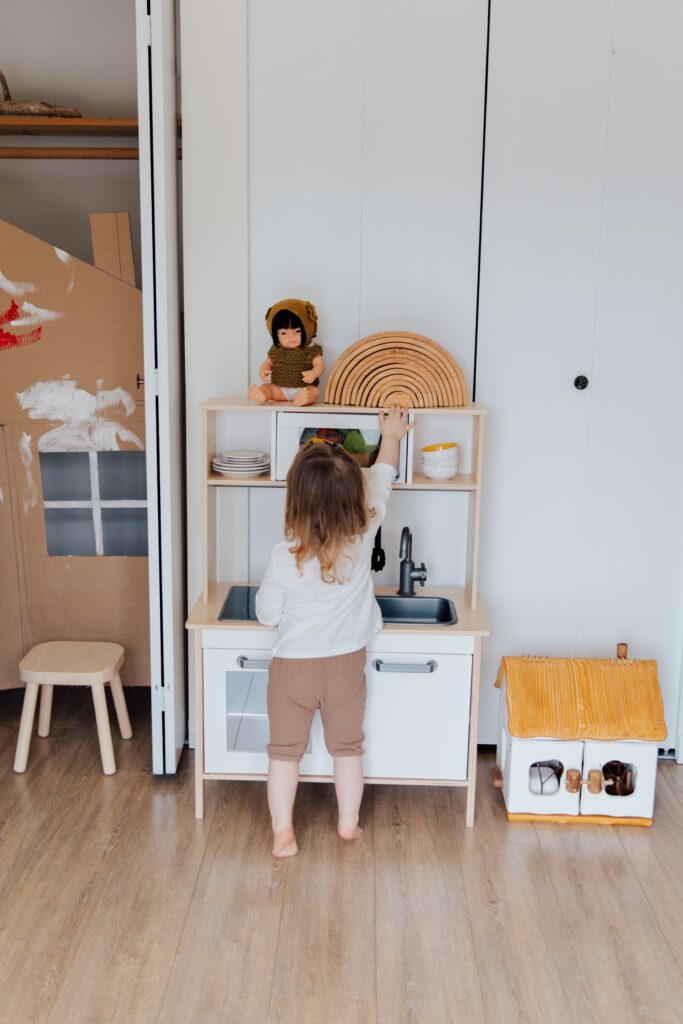
Imagination is a crucial skill that helps a child with creativity throughout life. Activities such as pretending to cook, playing dress up, or pretending to be a firefighter are all examples of ideas you can put into the design of your child’s playroom to encourage what they enjoy. A pretend kitchen with a mini-apron and chef’s hat may be just the thing for your little cook. Or a firefighters costume with a fire extinguisher and hose may be enjoyable for your little firefighter. If your little one wants to be a doctor, find a fun lab coat and doctor’s kit. Find what your child loves and incorporate that into the playroom.

Comfortable, colorful floor
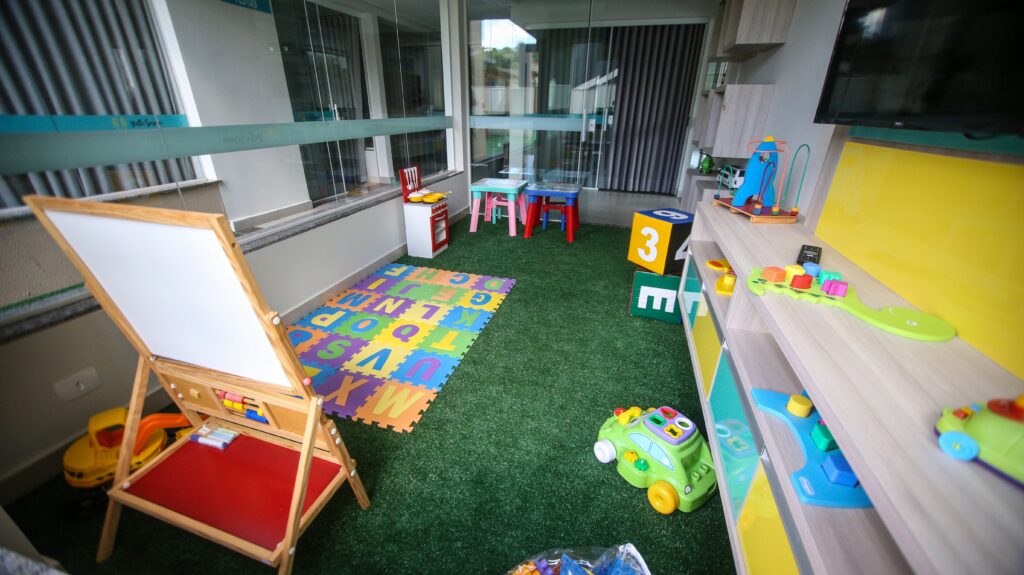
Floor time encourages children to get moving. Rolling, crawling, and stretching are necessary for body development for infants to early toddlers. Movement games, hopscotch, jumping rope, or hula hooping are great ways for older children to develop body coordination. Having an inviting, comfortable floor will encourage your child to get up and get moving.
Reading area
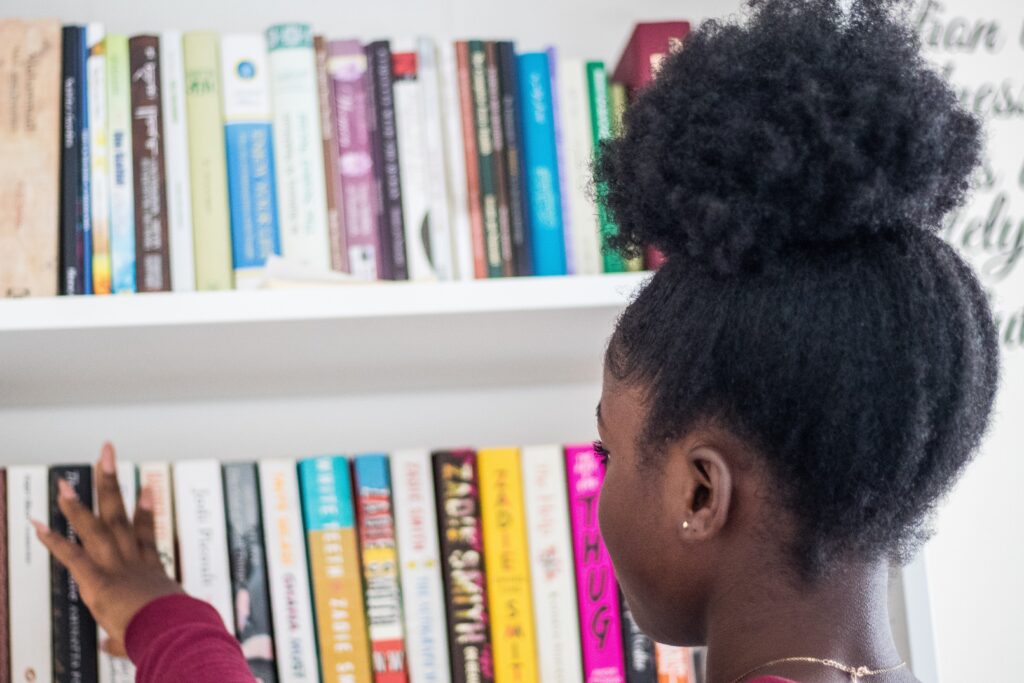
A reading nook in a playroom is a kid’s version of a home library. It is important that children regard reading as fun! Keep age appropriate, colorful books and coloring books at an easy to reach level for your child. Have the book covers facing outward so they are easy to view, and bring in lots of natural light. Make reading part of your child’s daily life.
Art supply area
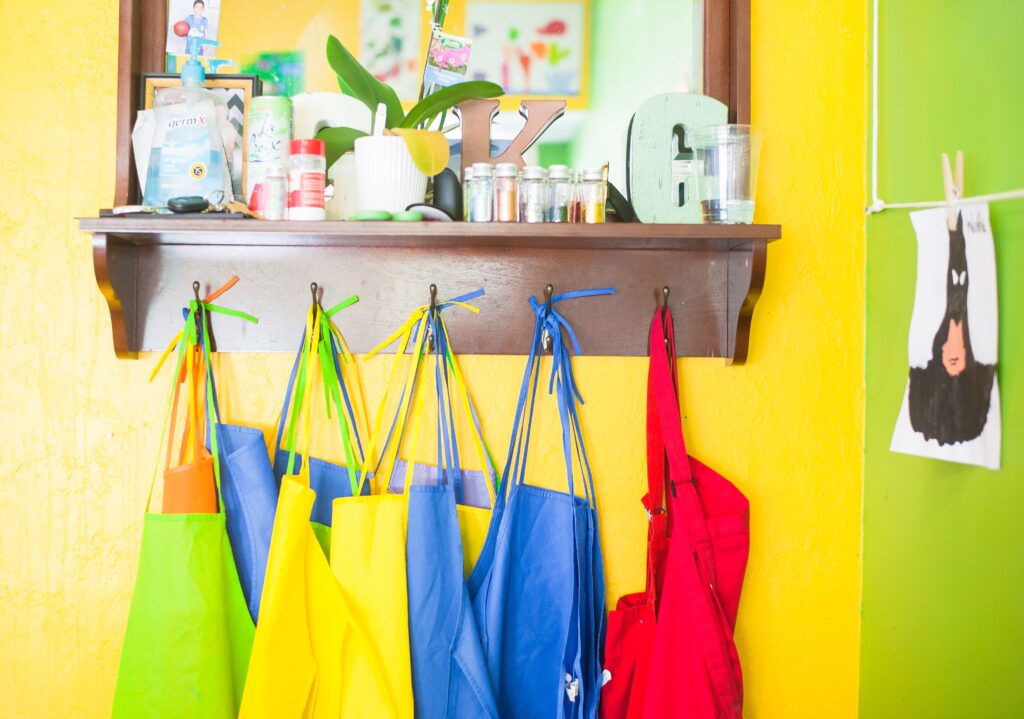
Creating art allows a child’s self-expression, creativity, and communication to grow. Both creating art and viewing art can increase a child’s cognitive and developmental skills. Art can even help a child deal with stress or difficult feelings. Incorporate art into your child’s playroom by keeping open bins for art supplies, a hanging station for aprons, and even an area to hang your child’s masterpieces.
Child sized table
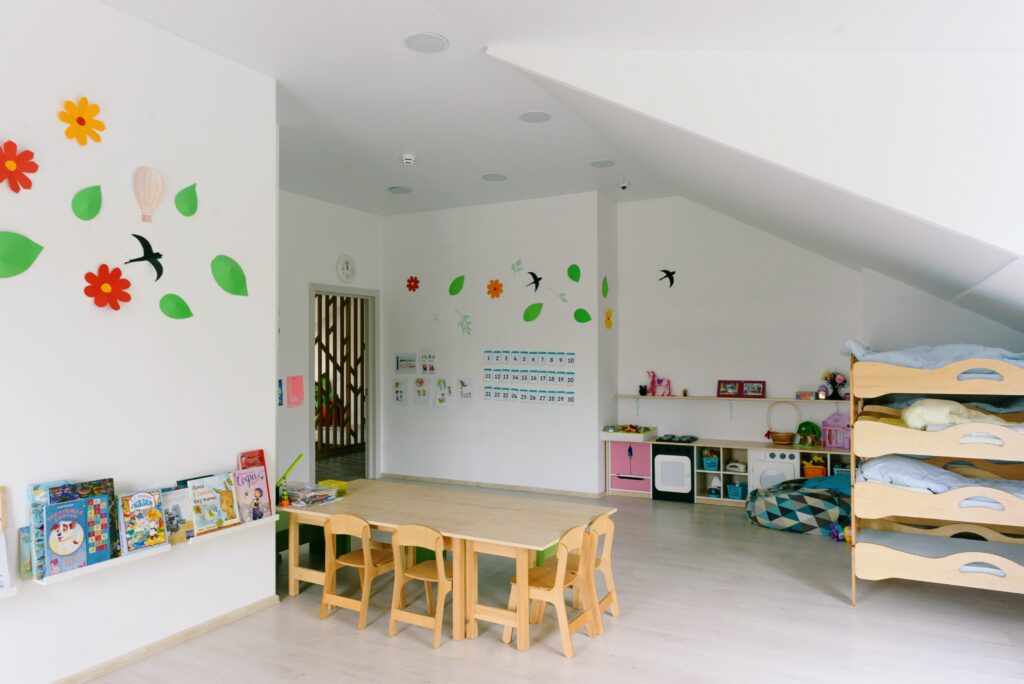
Include a comfortable, child-size table for your child to draw, paint, color, read, etc. Use this table for puzzles, trains, or even water activities. This table will grow with your child. As he or she get old enough, it becomes a great homework/study table.
This post contains affiliate links, which means I may receive a small commission, at no cost to you, if you make a purchase through a link.
